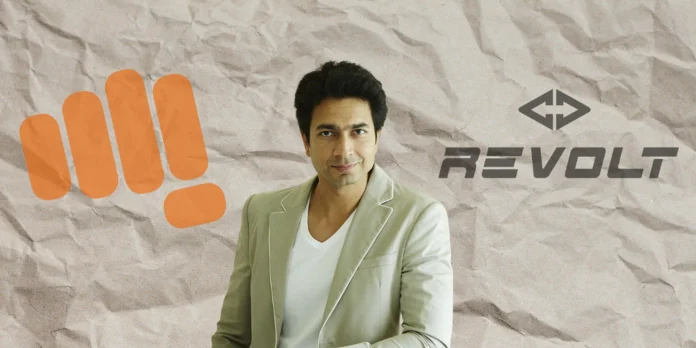In the early 2000s, Micromax Informatics, co-founded by Rahul Sharma, started as an IT software firm. By 2008, the company shifted to mobile manufacturing, focusing on ultra-affordable phones with features like dual SIM support and long-lasting batteries, specifically designed for India’s rural and semi-urban population.
In This Article:
Micromax’s innovation-first approach helped it disrupt the market. By 2014, it had become India’s top mobile brand, even surpassing Samsung in market share at one point.
The Sudden Fall of Micromax
However, Micromax’s meteoric rise was not long-lived.
Between 2015 and 2018, Chinese smartphone giants like Xiaomi, Vivo, and Oppo entered the Indian market with aggressive pricing, better hardware, and advanced software experiences. Micromax could not keep up with their R&D, global supply chains, and frequent launches.
By 2018, Micromax’s market share dipped below 2%, and its revenue and profits nosedived. According to a Forbes India report, the company’s FY18 revenues fell by 26%, and profit margins dropped by a massive 76%.
Rahul Sharma’s Reinvention: From Phones to Electric Vehicles
The Birth of Revolt Motors
Rather than stepping away, Rahul Sharma chose to pivot. In 2017, he launched Revolt Intellicorp, a startup focused on electric mobility. His aim: build India’s first AI-enabled electric motorcycle brand.
In 2019, Revolt launched its flagship product — the RV400. It wasn’t just an e-bike; it was a fully connected, app-integrated vehicle with features never seen before in India.
Key Highlights of Revolt RV400:
- Smartphone Connectivity: Control features like geofencing, tracking, and battery status via app
- Swappable Battery: User-friendly charging via portable battery packs
- Custom Engine Sounds: Riders could choose from simulated engine noises
- Top Speed: 85 km/h with a 156 km range on a single charge
Scaling Up and Strategic Investment
By 2021, Revolt attracted major investors. RattanIndia Enterprises acquired a 43% stake in the company for INR 150 crore, helping scale operations and grow the brand nationwide.
The company set up a 100,000 sq. ft. facility in Manesar, Haryana, capable of producing 1.2 lakh bikes annually.
Micromax’s Attempted Comeback in 2020
Meanwhile, Sharma made another move — relaunching Micromax with the ‘IN’ series of smartphones in 2020. The goal was to tap into India’s Atmanirbhar Bharat vision and utilize government support like the PLI Scheme.
Despite bold ambitions, the comeback struggled. Xiaomi and Realme had already cemented their place, and the IN series failed to replicate Micromax’s earlier magic.
Rahul Sharma: The Visionary Behind Both Stories
Rahul Sharma’s journey is a tale of evolution — from leading India’s biggest mobile revolution to building a green-tech EV company. His transition wasn’t just a business decision. Personal experiences like the increasing pollution in Delhi, and concern for his family’s health, motivated his shift to sustainability.
Moving Forward: From Disruption to Sustainability
- Micromax disrupted telecom but failed to withstand global competition.
- Rahul Sharma, instead of retreating, reinvented himself in a whole new industry.
- Revolt Motors is now among India’s top EV bike companies.
As India moves towards a greener future, Sharma’s journey serves as a blueprint for entrepreneurs looking to bounce back and build something lasting.
By – Nikita
Also Read – Terrorist launchpad in Pak opposite Jammu’s Akhnoor destroyed: BSF




